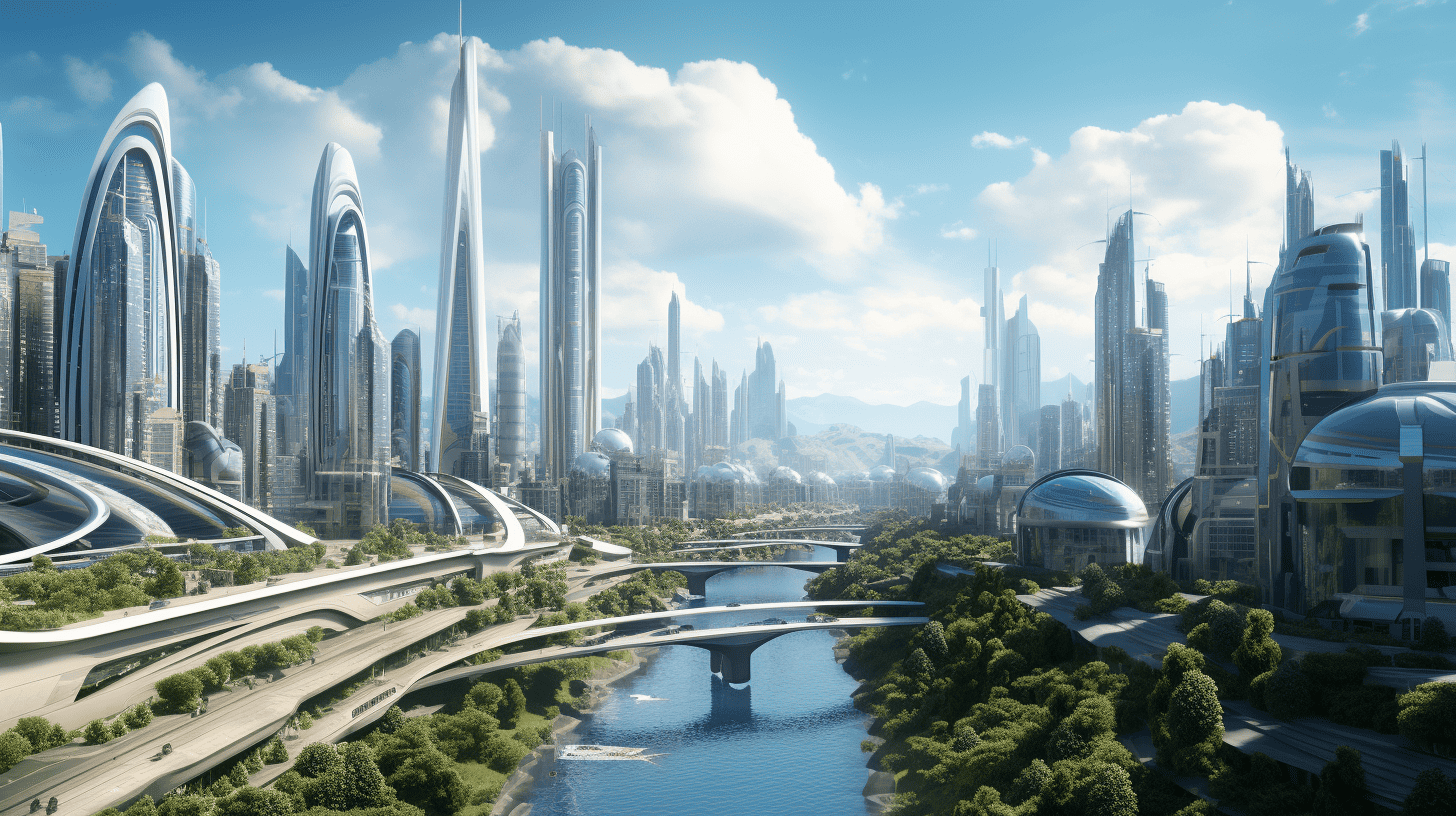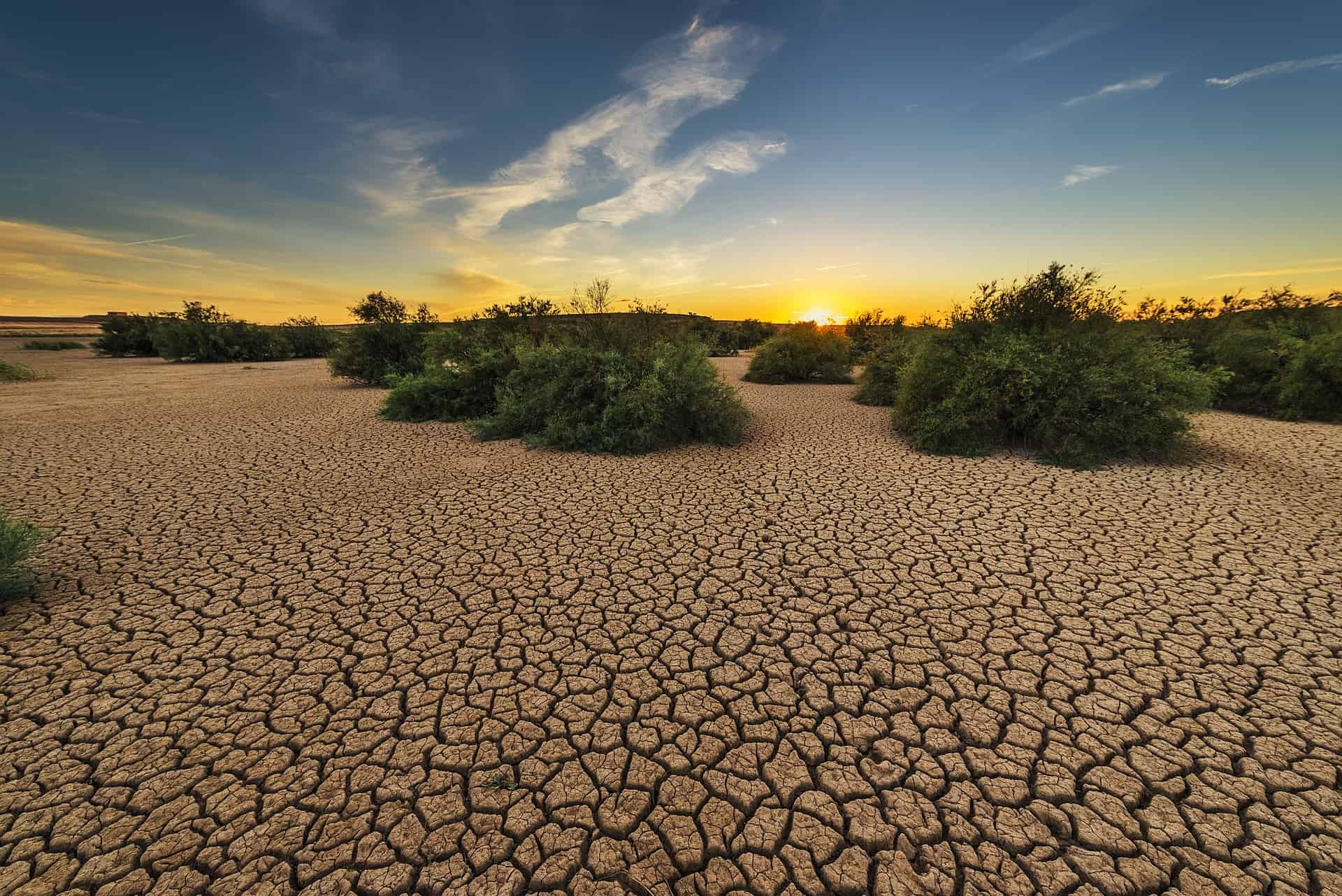
Here at Innovation Origins, we frequently cover threats to Earth’s climate and innovations that can assist in mitigating those threats. Climate change poses a grave concern for humanity. Humans emerged relatively recently on this planet, around 300,000 years ago. Only 10,000 years ago did we begin to organize ourselves into agriculture-based societies. Our way of life, locations of habitation, adaptations, and methods of sustenance have all evolved based on the climate as it has been known for the past several millennia. Profound alterations in this climate system could have catastrophic consequences for humanity. We now comprehend that releasing gigatonnes of CO2 into the atmosphere, previously sequestered beneath the Earth’s surface in the form of oil, coal, and gas, is wreaking havoc on our climate. However, our lifestyle has also become reliant on these affordable and abundant energy sources. What steps can we take now? How can we safeguard the climate and ensure our survival?
- Climate change is a current crisis that is affecting various aspects of our lives and requires urgent action.
- Innovative solutions such as carbon capture and storage and climate engineering offer hope in mitigating the impacts of climate change, but they come with controversies and uncertainties.
- Policy changes, transitioning to renewable energy, changing our diets, and collective efforts are necessary to combat climate change and create a sustainable future.
Climate change is here now
The Earth today is not the same as it was a decade ago. Climate change, once a distant threat, has manifested itself in our daily lives. The month of June 2023 was a stark reminder of this reality as it was declared the hottest month on record. The escalating global temperatures, fuelled by a combination of climate change and the periodic El Niño phenomenon, are no longer abstract predictions of computer models, but conspicuous phenomena that we witness firsthand in various corners of the globe.

From China to Spain, record-breaking temperatures have left a trail of climate disruption, accompanied by disasters such as forest fires, droughts, and extreme rainfall. These are not isolated events, but symptoms of a larger, more pervasive issue that affects every aspect of our lives – from our health and food security to the environment we inhabit. The warming of the Earth’s surface and the simultaneous cooling of the upper atmosphere further exacerbate these changes, disrupting weather patterns and threatening satellite safety. Climate change, thus, is not a future eventuality, but a current crisis, altering our ecosystems and the way we live/
Innovations that can help us battle climate change
Among the innovative solutions available to us in our fight against climate change, carbon capture and storage (CCS) technology and climate engineering are two that stand out, each with their own potential to limit the global rise in temperature. Yet, while they offer hope, they are not without their controversies and uncertainties.
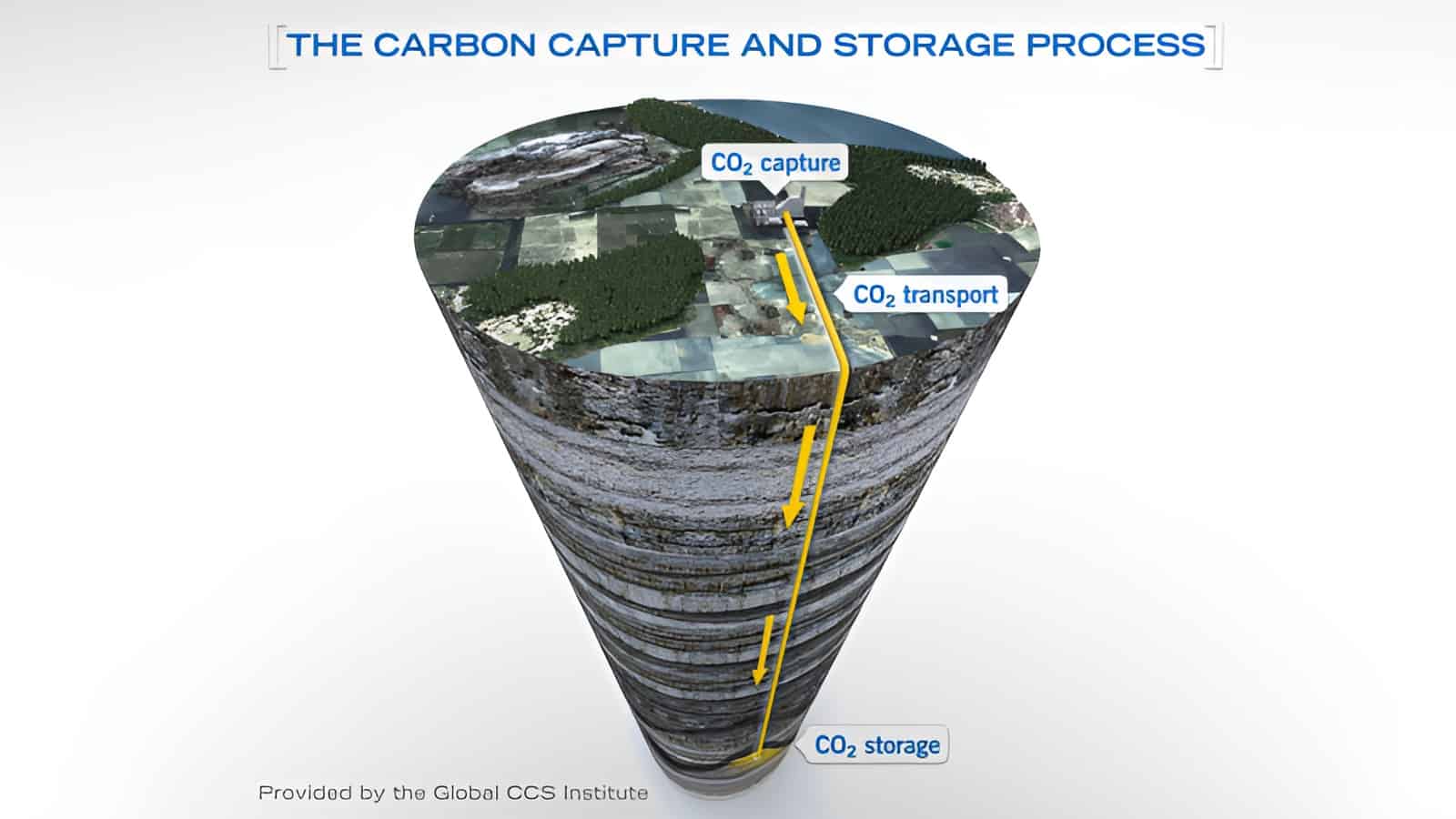
CCS technology, exemplified by projects like the Porthos initiative in the Netherlands and Shell’s Quest project in Canada, offers a way to reduce the amount of CO2 in our atmosphere by capturing it at its source and storing it deep underground. In the Porthos project, for example, a pipeline under the port area is planned to capture and store CO2 under the North Sea, backed by Shell and ExxonMobil. Direct Air Capture (DAC) technologies, meanwhile, aim to extract CO2 directly from the atmosphere. Swiss company Climeworks is constructing its second DAC plant, called Mammoth, which is expected to capture 36,000 tonnes of CO2 per year.
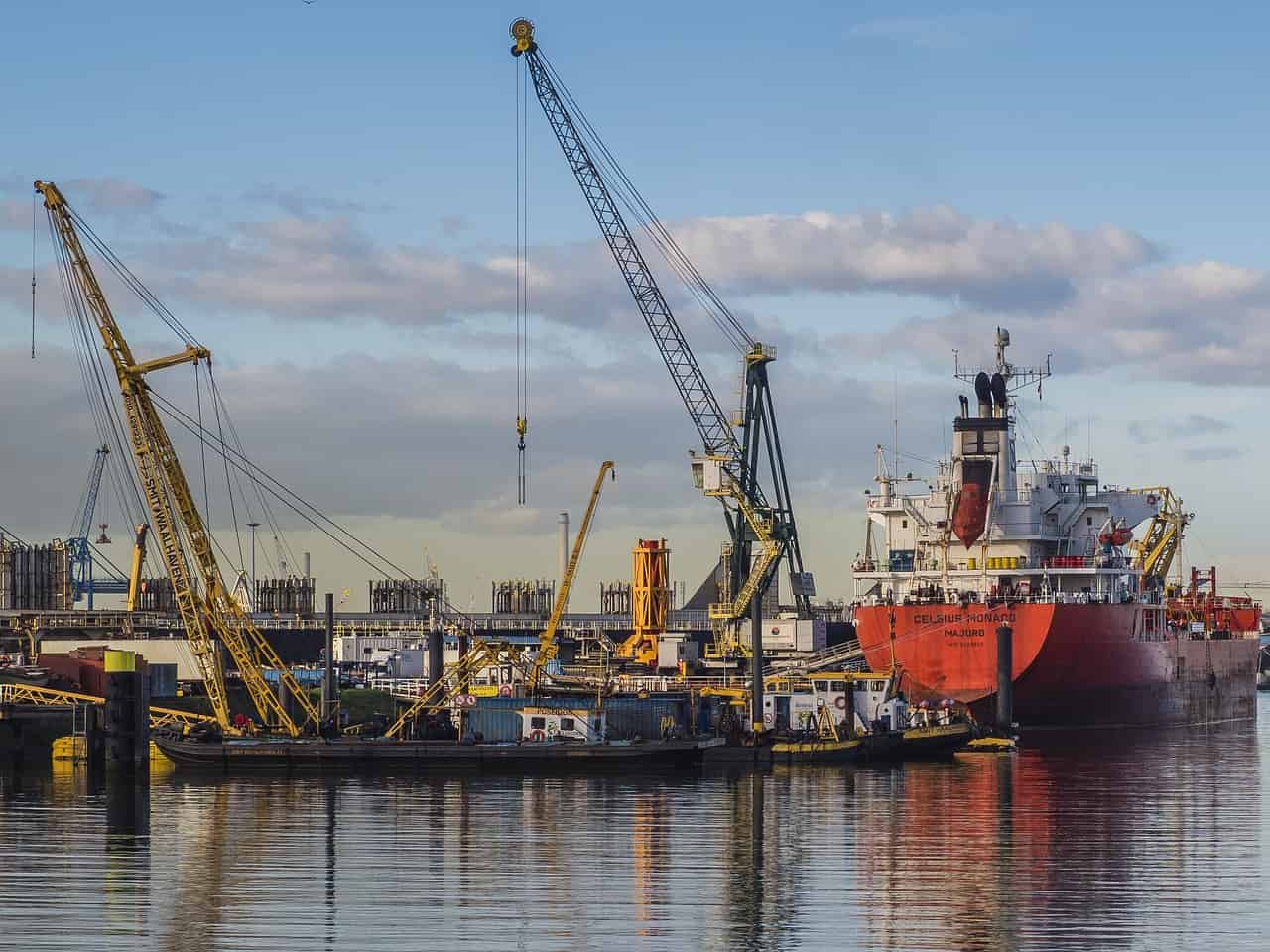
However, the effectiveness of CCS technology has been questioned. Critics point out that despite Shell’s Quest project claiming to capture 5 million tonnes of CO2 in less than five years, the plant emitted another 7.5 million tonnes of greenhouse gases during the same period, capturing only 48% of its carbon emissions. Furthermore, there are concerns about the potential leakage of stored CO2, which could undermine their credibility as sustainable solutions.
Climate engineering, on the other hand, involves techniques that intervene in the climate system to cool the Earth. This includes methods such as shooting water into clouds to create ice-like structures or releasing balloons filled with sulfur dioxide to reflect sunlight. Research on making clouds whiter to enhance their cooling effect is being conducted by TU Delft and the University of Cambridge, with a focus on using salt crystals to create more cloud droplets.
Yet, like CCS technology, climate engineering is not without its controversies. There are concerns that it may be used as an excuse to continue fossil fuel emissions and adopt less stringent climate policies. Furthermore, there are moral and regulatory questions around its use, with calls for more robust rules to prevent it from becoming a tool of the rich.

Despite the uncertainties and controversies surrounding these innovative solutions, what is clear is that they represent important tools in our arsenal against climate change. However, they are not silver bullets. They must be used in conjunction with other measures, such as transitioning to renewable energy sources, changing our diets, and implementing more sustainable practices in our everyday lives.
Climate models and uncertainties
Climate models serve as invaluable tools in our understanding of the past and potential future shifts in our climate. Yet, these models are fraught with uncertainties, a testament to the complexity of the Earth’s climate system and the inherent limitations of our computational capabilities. For instance, cloud formation, a crucial component in regulating Earth’s temperature, remains a significant source of uncertainty in climate models. This is due to the lack of detailed observations and the difficulty in accurately representing their causality and impact in the models[5]. Similarly, the interactions between water vapour and aerosols, and their overall effects on climate, are not fully understood.
Moreover, the unpredictability of natural phenomena, such as air circulation changes and events like El Niño, can influence temperature and rainfall projections, particularly in shorter timeframes and smaller regions. Then, there are the ‘tipping points’ – instances where minor changes can trigger larger, abrupt shifts in the climate system. These are hard to predict due to the limits of computational power in accurately representing them. Changes in ocean circulation, like the Atlantic Meridional Overturning Circulation (AMOC), also introduce considerable uncertainty in future climate predictions, as warming and melting ice can alter circulation patterns.
Despite these challenges, advancements are being made to enhance the accuracy and predictive power of climate models. For instance, the Fraunhofer Institute for Building Physics IBP has developed a simulation model, PALM-4U, which combines numerous complex Earth system processes, including sea ice melt, permafrost thaw, and monsoon dynamics, to test intervention strategies and prevent catastrophic tipping points. The model also demonstrates how construction projects can affect urban climates, thereby aiding city planners in making informed decisions.

The necessary policy changes
The climate crisis is a pressing issue that requires urgent action, and while there has been a significant shift in policies to stimulate the use of green energy, the stubborn problem of fossil fuel subsidies remains a significant roadblock. European governments, for instance, continue to support the fossil fuel industry, despite their commitment to tackling climate change.
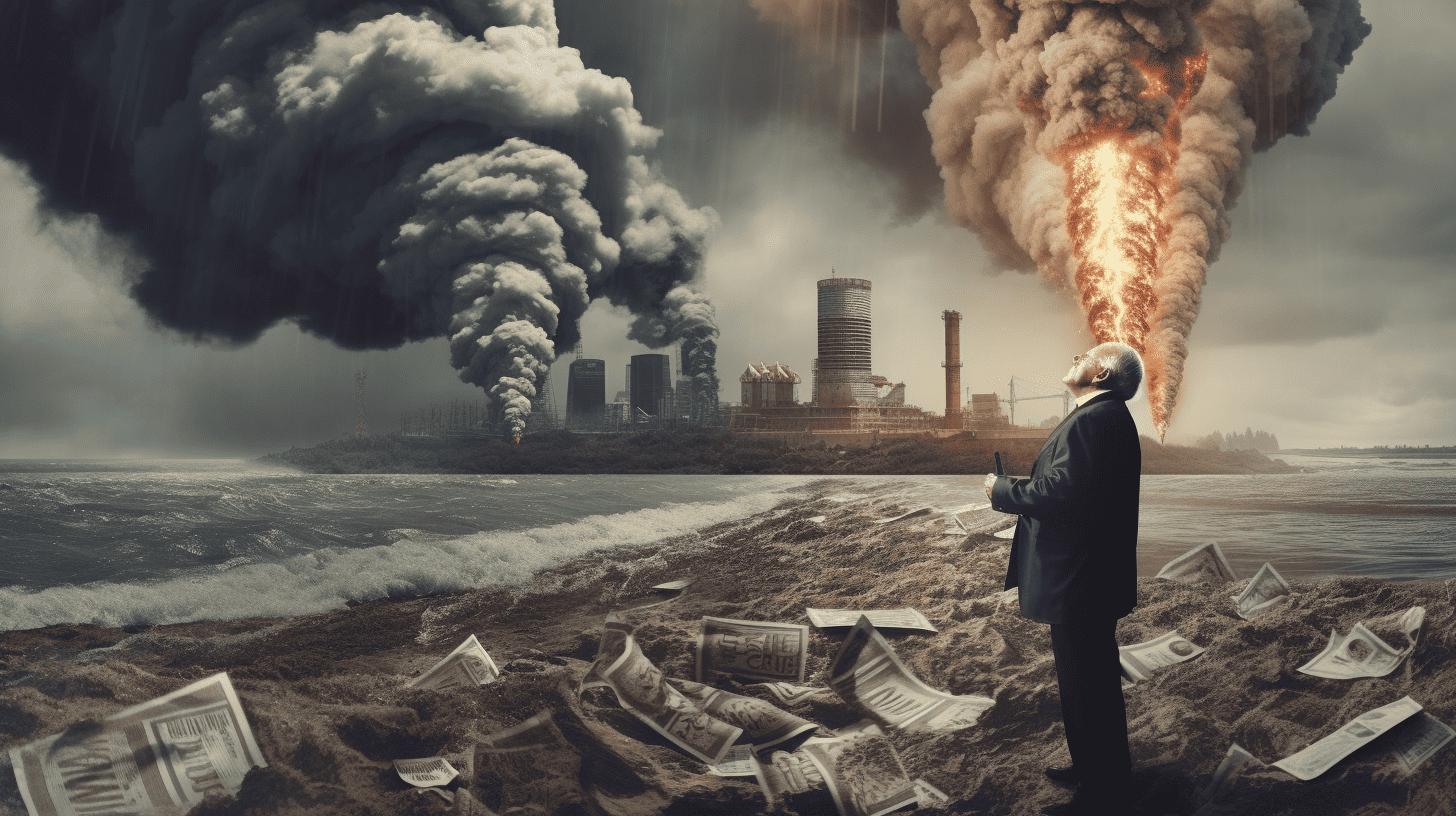
These subsidies, which reward the most polluting companies, hinder efforts to reduce emissions and transition to a sustainable economy. This incongruity in policy not only underpins inequality and injustice, but also undermines the survival of future generations. On the other hand, there is a growing consensus on the economic viability of a renewable energy system, with research suggesting that transitioning to such a system globally by 2050 is not only feasible, but also economically viable. However, the reluctance to transition to clean energy, often driven by fears of economic stagnation, persists, despite the clear evidence to the contrary.

Moreover, the differing views on nuclear power within the EU add another layer of complexity to policy changes. As we move forward, it is crucial that these policy discrepancies are addressed urgently. The abolition of fossil fuel subsidies, coupled with sustained and comprehensive fiscal measures and public support, is essential for the successful implementation of climate change policies and the transition to a low-carbon economy.
The energy transition
The energy transition, a monumental shift from fossil fuel-based power generation to cleaner, renewable sources, is not merely a proposal for the future, but a palpable reality gaining momentum across the globe. A significant contributor to this shift has been the economic viability of renewable sources, as highlighted by the Global Electricity Review, which noted wind and solar power are now the most cost-effective energy sources, surpassing fossil fuels. In 2022, these renewable sources met 80% of the growth in global electricity demand.

Renewable energy’s rapid expansion is evident in several countries, each with unique strategies. Western Australia, for instance, plans to incorporate 10,000MWh of large-scale battery storage by 2030, while Texas has added 4.4 gigawatts of solar capacity since last summer, making solar energy the state’s second-largest electricity source after natural gas. In Europe, countries have taken divergent paths, with France maintaining its nuclear power programme, and Germany focusing on renewables. Notably, China stands out as a global leader, contributing 50% of global wind power and 40% of new solar power in 2022.
Despite this positive trend, substantial challenges remain. Institutional inertia, resistance from the fossil fuel industry, and the need for significant public investment in green technologies are notable obstacles. Policy changes, such as the abolition of fossil fuel subsidies, have been proposed as transformative strategies to accelerate the shift towards sustainability. While the transition is complex, involving myriad factors such as grid stability, battery storage, and public policy, the momentum is clear: the era of renewable energy is upon us, promising a cleaner, more sustainable future for all.
Changing our diet
Our menu choices play a significant role in the battle against climate change. The burgeoning popularity of plant-based diets in Europe, with vegan product sales soaring and animal protein demand stalling, is a hopeful trend. In 2022, plant-based food sales rose by 22% to reach €5.7 billion, with vegan meat alternatives, dairy-free cheese, and vegan seafood experiencing noteworthy growth.

Advancements in precision fermentation are presenting exciting possibilities. Precision fermentation enables scientists to program microbes to produce specific molecules, thereby replicating animal and plant proteins without the necessity of large-scale farming. Companies like Formo are harnessing this technology to create proteins identical to those in animal products at a molecular level. This method is not merely an attempt to mimic the taste of animal products, but to replicate the nutrient profile, providing a viable, sustainable alternative.

Another promising development in the food industry is the cultivation of lab-grown meat. Companies such as Finless Foods and Mosa Meat are leading the way in producing sustainable alternatives to traditional animal farming through cell-cultured seafood and meat products. In fact, the Netherlands has become the first country in the EU to allow pre-approval tastings of food grown directly from animal cells, paving the way for more widespread adoption of this technology.

Conclusion
Climate change is an urgent and pressing issue that demands immediate action. The evidence is clear – our planet is warming, and the consequences are already being felt in various parts of the world. However, amidst the challenges and uncertainties, there is hope. Innovations such as carbon capture and storage and climate engineering, coupled with the transition to renewable energy sources, changes in our diets, and policy reforms, can help us combat climate change. It will require a collective effort from governments, industries, and individuals alike, but by working together, we have the knowledge and the power to save our planet and ensure a sustainable future for generations to come. The time to act is now.




